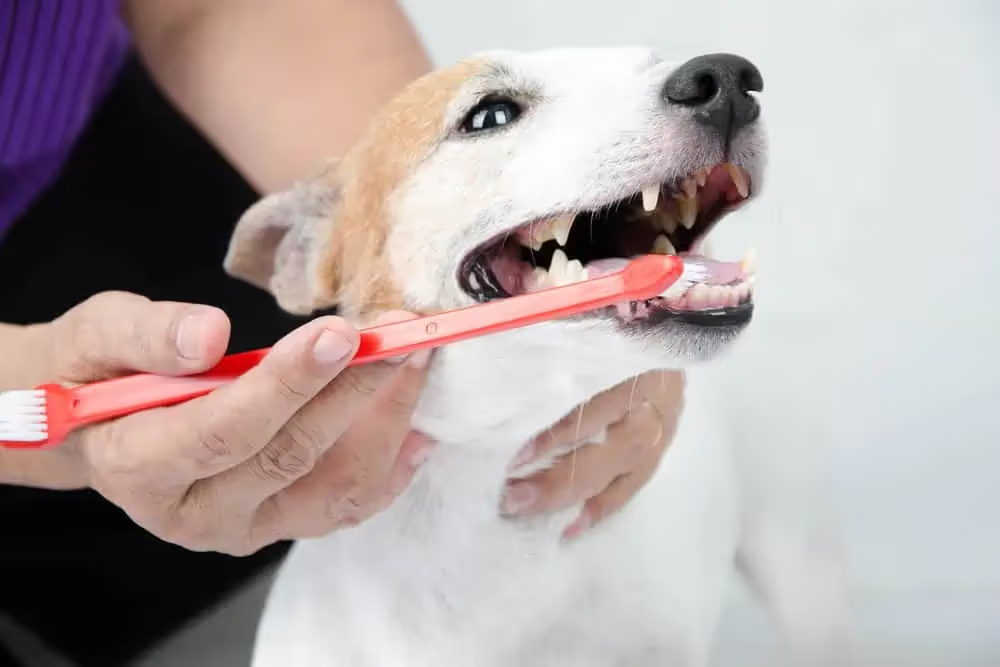Cats
For the Purrbabies
All Cat Resources
Health
Wellness and medical guidance
Care
Daily pet care essentials
Behavior & Training
Training tips and solutions
Food & Nutrition
Diet and feeding guides
Breeds
Breed specific profiles and info
General Ownership
Pet parenting essentials

Helping Every Lost Dog Find its Way Home




































.webp)
.webp)

.webp)



























































